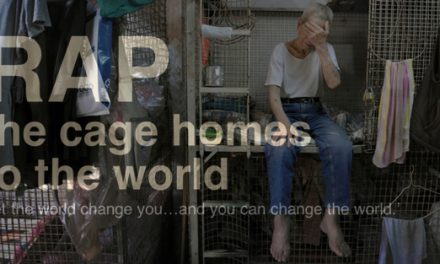According to UN Environment, housing construction worldwide uses 40 percent of all resources produced every year and generated one-third of greenhouse gas emissions. Supporting UN Environment and UN Habitat, Yale University and Gray Organschi Architecture have designed and built a self-sufficient tiny house to demonstrate a possible self-sufficient and ecological housing module in green architecture.
A Tiny house with Great Love & Green Life
The two parties worked together to design and install the Ecological Living Module in only four weeks, and this module contains 215 square feet of interior space together with further 16 square feet for a rear mechanical closet. The unit uses passive lighting and moisture collection, structural cross-laminated timber (CLT), food-growing green walls, and sun-tracking solar panels to shrink both the building’s embodied energy and resource needs.
The module represents a showcase to illustrate the idea that sustainable urbanization can only be accomplished if buildings minimize their contribution to climate change. For instance, in order to balance maximum sun exposure with thermal comfort in New York’s microclimate, a sloped building is clad in dark cedar planks and is home to two cascading “farm walls”, one on either side, and Gray Organschi claims that in New York the home can produce over 260 servings of vegetables. Plants were used inside as well in the loft area, and a living wall in the upper loft area purifies air for the inhabitants.
Besides, they also optimized daylighting in the building by carving strategic cuts into the back and roof. An Integrated Concentrating Solar Facade was installed to both reduce the amount of incoming sunlight and harvest solar power; an array of tiny panels track the sun’s movement and focus light on the minimally-sized solar receivers. The team wanted to build a system that could be assembled with the least amount of effort, and that would use the minimal amount of toxic materials to create.
The building has been exhibited in New York, San Francisco since August 2018 and will be flown out for demonstration in Quito, Ecuador, and then Nairobi, Kenya.
Source of Information: The Architects Newspaper
Photo Credit: Gray Organschi Architecture and Yale Center for Ecosystems in Architecture












